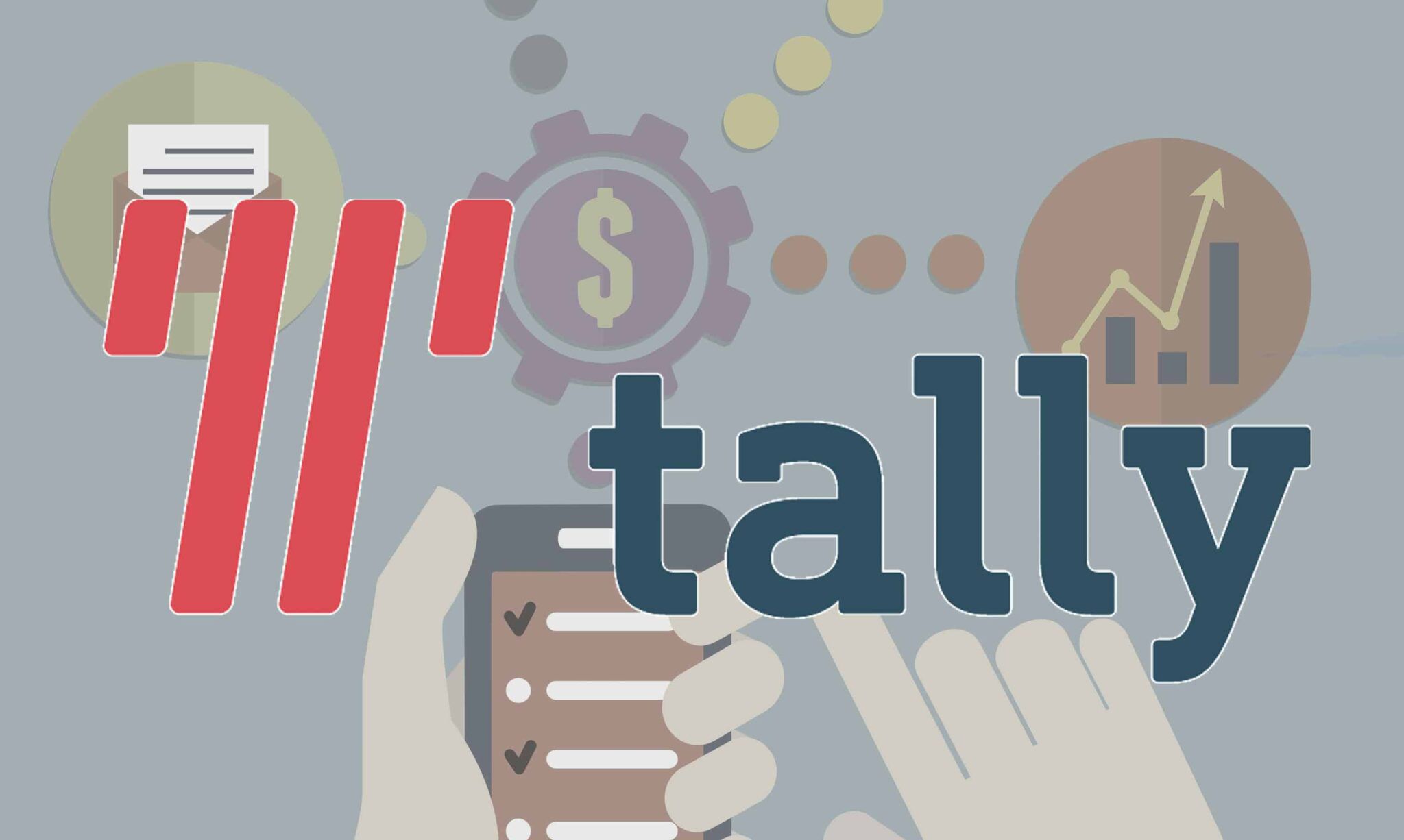

Finance
How Do You Use Revolving Credit?
Modified: March 5, 2024
Learn how to effectively use revolving credit to manage your finances and improve your financial situation. Discover tips and strategies for maximizing the benefits of revolving credit.
(Many of the links in this article redirect to a specific reviewed product. Your purchase of these products through affiliate links helps to generate commission for LiveWell, at no extra cost. Learn more)
Table of Contents
Introduction
Understanding Revolving Credit
Revolving credit is a flexible financial tool that allows individuals to borrow money up to a certain limit, known as a credit limit, and make regular payments based on the amount borrowed. Unlike installment credit, which involves borrowing a fixed amount of money and repaying it in fixed installments over a predetermined period, revolving credit permits borrowers to repeatedly access funds as long as they stay within their credit limit and make timely payments.
Revolving credit is commonly associated with credit cards, home equity lines of credit (HELOCs), and personal lines of credit. It offers convenience and ongoing access to funds, providing a safety net for unexpected expenses or cash flow gaps. However, it's crucial for borrowers to understand how to use revolving credit wisely to avoid falling into debt traps and damaging their credit scores.
In this comprehensive guide, we'll delve into the various aspects of revolving credit, including how it works, the application process, responsible usage, and strategies for paying off revolving credit balances. By the end of this article, you'll have a clear understanding of how to leverage revolving credit to your advantage while maintaining financial stability.
Understanding Revolving Credit
Revolving credit is a flexible financial tool that allows individuals to borrow money up to a certain limit, known as a credit limit, and make regular payments based on the amount borrowed. Unlike installment credit, which involves borrowing a fixed amount of money and repaying it in fixed installments over a predetermined period, revolving credit permits borrowers to repeatedly access funds as long as they stay within their credit limit and make timely payments.
Revolving credit is commonly associated with credit cards, home equity lines of credit (HELOCs), and personal lines of credit. It offers convenience and ongoing access to funds, providing a safety net for unexpected expenses or cash flow gaps. However, it’s crucial for borrowers to understand how to use revolving credit wisely to avoid falling into debt traps and damaging their credit scores.
One of the key features of revolving credit is the ability to carry a balance from month to month, with interest being charged on the outstanding amount. This aspect provides flexibility, but it’s important for borrowers to manage their balances prudently to avoid excessive interest payments and potential debt accumulation.
When utilizing revolving credit, borrowers receive monthly statements detailing their outstanding balances, minimum payment requirements, and due dates. It’s essential to review these statements regularly to track spending, monitor balances, and ensure timely payments. Failure to make at least the minimum payment can result in late fees and negative impacts on credit scores.
Understanding the terms and conditions of revolving credit agreements is paramount. Credit limits, interest rates, annual fees, grace periods, and penalty charges are among the critical factors that borrowers should be aware of. By comprehending these terms, individuals can make informed decisions about their borrowing habits and avoid unnecessary financial strain.
Overall, revolving credit offers flexibility and convenience, but it necessitates responsible management to reap its benefits without succumbing to debt burdens. In the subsequent sections, we’ll explore the application process for revolving credit, responsible usage practices, and effective strategies for paying off revolving credit balances.
Applying for Revolving Credit
When applying for revolving credit, such as a credit card or a personal line of credit, individuals must undergo a process that involves assessment of their creditworthiness and financial stability. Lenders evaluate various factors to determine the applicant’s eligibility and the terms of the credit extended.
Before initiating the application, it’s advisable to review personal credit reports and scores to ensure accuracy and identify potential areas for improvement. A strong credit history, demonstrated by timely payments, low credit utilization, and a limited number of credit inquiries, enhances the likelihood of approval and favorable terms.
The application process typically begins with the submission of an application form, either online, in person, or through the mail, depending on the lender’s procedures. The form requests personal information, including contact details, employment status, income, and existing financial obligations. It’s essential to provide accurate and up-to-date information to facilitate the assessment process.
Upon receiving the application, the lender conducts a thorough review of the applicant’s credit history, income stability, and debt-to-income ratio. A higher income, coupled with a lower debt-to-income ratio, strengthens the applicant’s financial position and may lead to a higher credit limit and more favorable terms.
Lenders also consider the applicant’s credit score, which reflects their creditworthiness based on past credit behavior. A higher credit score indicates lower credit risk, potentially resulting in better interest rates and more attractive credit card offers. Conversely, a lower credit score may lead to higher interest rates or limited credit options.
For individuals with limited or no credit history, securing revolving credit may be challenging. In such cases, applying for a secured credit card or becoming an authorized user on a family member’s credit card can help establish and build a positive credit profile.
Understanding the application process and the factors that influence credit approval is crucial for individuals seeking revolving credit. By maintaining a healthy credit profile, demonstrating responsible financial behavior, and choosing credit options aligned with their needs and capabilities, applicants can enhance their chances of obtaining favorable revolving credit terms.
Next, we’ll explore the best practices for using revolving credit responsibly, ensuring that borrowers maximize its benefits while avoiding potential pitfalls.
Using Revolving Credit Responsibly
Responsibly utilizing revolving credit is essential for maintaining financial stability and maximizing its benefits. By adopting prudent practices, individuals can leverage revolving credit to manage expenses, build credit history, and access funds when needed, all while avoiding excessive debt and financial strain.
One of the fundamental principles of responsible credit card usage is to spend within one’s means. While the credit limit signifies the maximum amount that can be borrowed, it’s crucial to align spending with the ability to repay the borrowed funds. Excessive utilization of available credit can lead to high balances and potential challenges in making timely payments.
Monitoring credit card balances regularly is imperative. By keeping track of spending and remaining mindful of the credit limit, individuals can avoid surpassing their borrowing capacity and incurring additional fees or over-limit charges. Many financial institutions offer online account management tools and mobile applications that enable cardholders to monitor their balances and transactions conveniently.
Timely payments are paramount for maintaining a positive credit history and avoiding late fees. Missing payment due dates can result in penalty charges, increased interest rates, and adverse effects on credit scores. Setting up automatic payments or calendar reminders can help ensure that payments are made punctually each month.
Another aspect of responsible credit card usage involves understanding and optimizing the card’s features. Some credit cards offer rewards programs, cashback incentives, or promotional interest rates. By utilizing these perks judiciously, cardholders can benefit from additional value without overspending or accruing unnecessary debt.
It’s also advisable to be mindful of credit utilization ratios, which reflect the proportion of available credit being utilized. Maintaining a lower utilization ratio, ideally below 30% of the credit limit, demonstrates responsible credit management and can positively impact credit scores. Regularly paying down balances and avoiding maxing out credit cards can contribute to a healthy credit utilization ratio.
Furthermore, individuals should be cautious when considering cash advances from credit cards, as they often entail higher interest rates and immediate accrual of interest. While emergency situations may warrant such actions, reliance on cash advances as a regular source of funds can lead to financial strain and increased debt burden.
By adhering to these guidelines and exercising prudence in their financial decisions, individuals can harness the benefits of revolving credit while safeguarding their financial well-being. In the following section, we’ll delve into effective strategies for paying off revolving credit balances, enabling borrowers to manage and reduce their debt responsibly.
Paying Off Revolving Credit
Effectively managing and paying off revolving credit balances is crucial for maintaining financial health and minimizing interest costs. By implementing strategic approaches, individuals can gradually reduce their outstanding balances and work towards financial freedom.
One of the primary strategies for paying off revolving credit is to prioritize high-interest balances. By directing additional payments towards the balances with the highest interest rates, borrowers can minimize the long-term interest costs and expedite the reduction of their overall debt. This approach, commonly known as the “debt avalanche method,” focuses on tackling the most financially burdensome debts first.
Alternatively, some individuals may opt for the “debt snowball method,” which involves prioritizing the repayment of the smallest balances regardless of interest rates. While this approach may not result in the lowest overall interest costs, it can provide a psychological boost as smaller debts are eliminated, motivating individuals to continue their debt repayment journey.
Consolidating revolving credit balances through balance transfer offers or personal loans with favorable terms can also be a viable strategy for streamlining repayments and potentially securing lower interest rates. However, it’s essential to assess the associated fees and terms to ensure that the consolidation method aligns with the borrower’s financial objectives.
Creating a structured repayment plan and budgeting for consistent payments is instrumental in steadily reducing revolving credit balances. By allocating a portion of their income towards debt repayment and adhering to a predefined schedule, individuals can make meaningful progress in chipping away at their outstanding balances.
Furthermore, avoiding new charges on revolving credit accounts while focusing on debt reduction is pivotal. Continuously adding to existing balances can impede the progress of paying off debts and perpetuate the cycle of indebtedness. Practicing restraint in credit card usage and prioritizing needs over wants can support the debt payoff endeavor.
Seeking additional sources of income or reallocating discretionary funds towards debt repayment can expedite the payoff process. Whether through part-time work, freelance opportunities, or cost-saving measures, augmenting available funds for debt reduction can yield substantial benefits in accelerating the journey towards debt freedom.
Finally, maintaining a positive outlook and celebrating milestones along the way can bolster individuals’ commitment to paying off their revolving credit balances. Recognizing each achievement, whether it’s reaching a specific debt reduction goal or successfully resisting unnecessary expenditures, can reinforce the discipline and determination required to achieve financial liberation.
By integrating these strategies into their financial management practices, individuals can navigate the path towards paying off revolving credit balances with purpose and diligence. As we conclude this guide, it’s evident that responsible usage and proactive debt repayment are pivotal in harnessing the advantages of revolving credit while mitigating its potential drawbacks.
Conclusion
Revolving credit, encompassing credit cards, personal lines of credit, and home equity lines of credit, offers individuals the flexibility and convenience of accessing funds as needed. Understanding and utilizing revolving credit responsibly is paramount for maintaining financial well-being and leveraging its benefits effectively.
By comprehending the nuances of revolving credit, including credit limits, interest rates, and payment obligations, individuals can make informed decisions about their borrowing habits and repayment strategies. Practicing responsible credit card usage, such as spending within one’s means, monitoring balances, and making timely payments, is instrumental in avoiding excessive debt and preserving a positive credit profile.
Applying for revolving credit entails a thorough assessment of one’s creditworthiness, income stability, and financial history. By maintaining a healthy credit profile and aligning credit options with their needs and capabilities, individuals can enhance their chances of obtaining favorable credit terms.
Effectively paying off revolving credit balances requires strategic approaches, such as prioritizing high-interest debts, creating structured repayment plans, and avoiding new charges while focusing on debt reduction. By integrating these strategies into their financial management practices, individuals can work towards achieving financial liberation and reducing their reliance on revolving credit.
In conclusion, revolving credit can serve as a valuable financial tool when managed prudently. By embracing responsible usage practices and proactive debt repayment strategies, individuals can harness the advantages of revolving credit while safeguarding their financial stability and working towards a debt-free future.
As individuals navigate their financial journeys, staying informed about the intricacies of revolving credit and seeking opportunities to enhance their financial literacy can empower them to make sound financial decisions and achieve their long-term goals.
Ultimately, by leveraging revolving credit responsibly, individuals can harness its benefits as a means of financial support and empowerment, contributing to their overall financial well-being and resilience.














